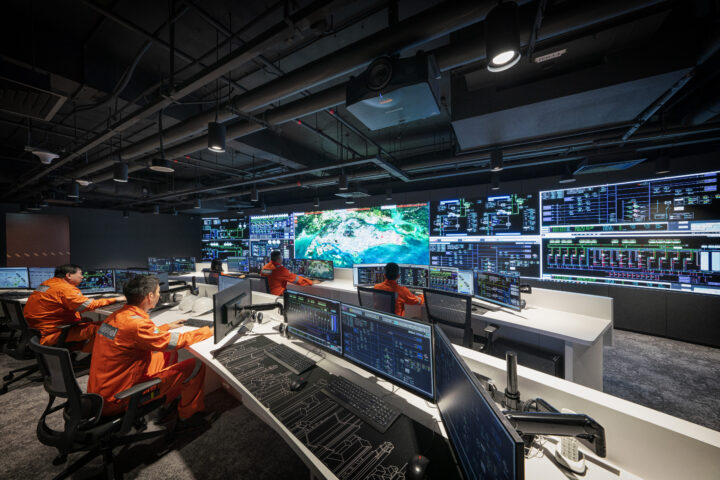If you've ever been involved with online retail, then you’ll know how easy it can be to track the customer’s every move. Services like Google Analytics let you add comprehensive tracking to your website by copying and pasting just a few lines of code. With the tracking code in place you can access a wealth of information about your customers, including their geographical location and demographic data.
You can also drill down into every aspect of the customer journey.
That means you can easily identify potential issues with your sales funnel. Once you’ve identified an issue, you can test your changes and see the effect in your analytics data in near real time. Ultimately, that means you can optimise to maximise conversions.
Traditionally, bricks and mortar retailers haven’t had access to this kind of detail about their customers. While stores can get some data, such as the point of sale system and the store loyalty program (if there is one), this can only ever tell part of the story.
What about the potential customers who came into the store but didn't purchase? And of course loyalty programs can provide some very valuable information, but what about all the customers who haven’t joined yours?
As a bricks and mortar retailer, how can you make strategic decisions about your business or understand whether your marketing is working?
Wouldn’t it be great if there was Google Analytics for the physical store?
Emerging Technology is Changing Everything...
Deploying in-store analytics still isn’t quite as simple as online, but emerging technology is starting to level the playing field.
Typically, in-store analytics involves some kind of “people counter” being installed in the store to count foot traffic. A number of ideas have been tried over the years.
One of the earliest approaches to retail store people counters was to use a beam sensor: an invisible horizontal laser beam that registers a count every time the beam is broken. This is a crude approach that isn’t particularly accurate (for example it probably can’t tell the difference between a person crossing the beam and a shopping cart or a pushchair) and doesn’t offer anything much in the way of insights, beyond providing a count.
Thermal imaging sensors are another possible solution. These are typically mounted in the ceiling of the store and can provide a much more accurate count than a beam sensor (they can at least distinguish between people and objects entering and moving around the store). However, they are typically a very expensive proposition and again don’t offer any additional insights apart from a more accurate count.
Another approach that has begun to gain traction in recent years is to use in-store sensors that detect smartphone network activity. These sensors can detect the signals that emanate from customer smartphones as they search for nearby wifi networks. This is typically more accurate than other sensor-based approaches, and can also provide information about how people move around the store (rather than simply counting numbers that pass a fixed point).
A smartphone detecting sensor can also track when a user returns to the store as the individual smartphone can be uniquely identified by its MAC address (a unique ID built in to the phone’s hardware) and then recognised on its return. Of course, a key drawback to this approach is that while smartphones are increasingly ubiquitous, not all of your customers may own one or simply may not be carrying it with them on every shopping trip. And just like the other approaches, this also means new sensors need to be bought and installed inside the store.
What About Video Analytics?
Of course, we think that the best solution to tracking in-store activity is video analytics, which is a key component of our Retail Analytics solution.
Video analytics uses the feeds from your existing security camera infrastructure to count customers and track their movements around the store. Using cameras is typically the most accurate form of people counting, and by simply taking the feed from your existing security cameras it means there’s no new infrastructure that needs to be installed.
Video analytics solutions, like WingArc Retail Analytics, can provide customer counts, build heat maps showing high and low traffic areas, and can also provide additional intelligence about those customers, such as demographics, by using Artificial Intelligence to process the camera feed.
Another key advantage of a video analytics approach is that if you have cameras positioned at the front of your store then it can also track passing foot traffic, something that isn’t easily accomplished with the other techniques. That means you can understand your capture rate, as well as your conversion rate. You can then use a data-driven approach to improving your window displays to try to capture more of that passing foot traffic. And of course understanding the volume of passing foot traffic could also be an invaluable data point for your next negotiation with the shopping centre or building owner.
Want To Know More?
Explore WingArc Retail Analytics to understand how our analytics platform can help you understand your customers, reduce costs, and measure your marketing.



